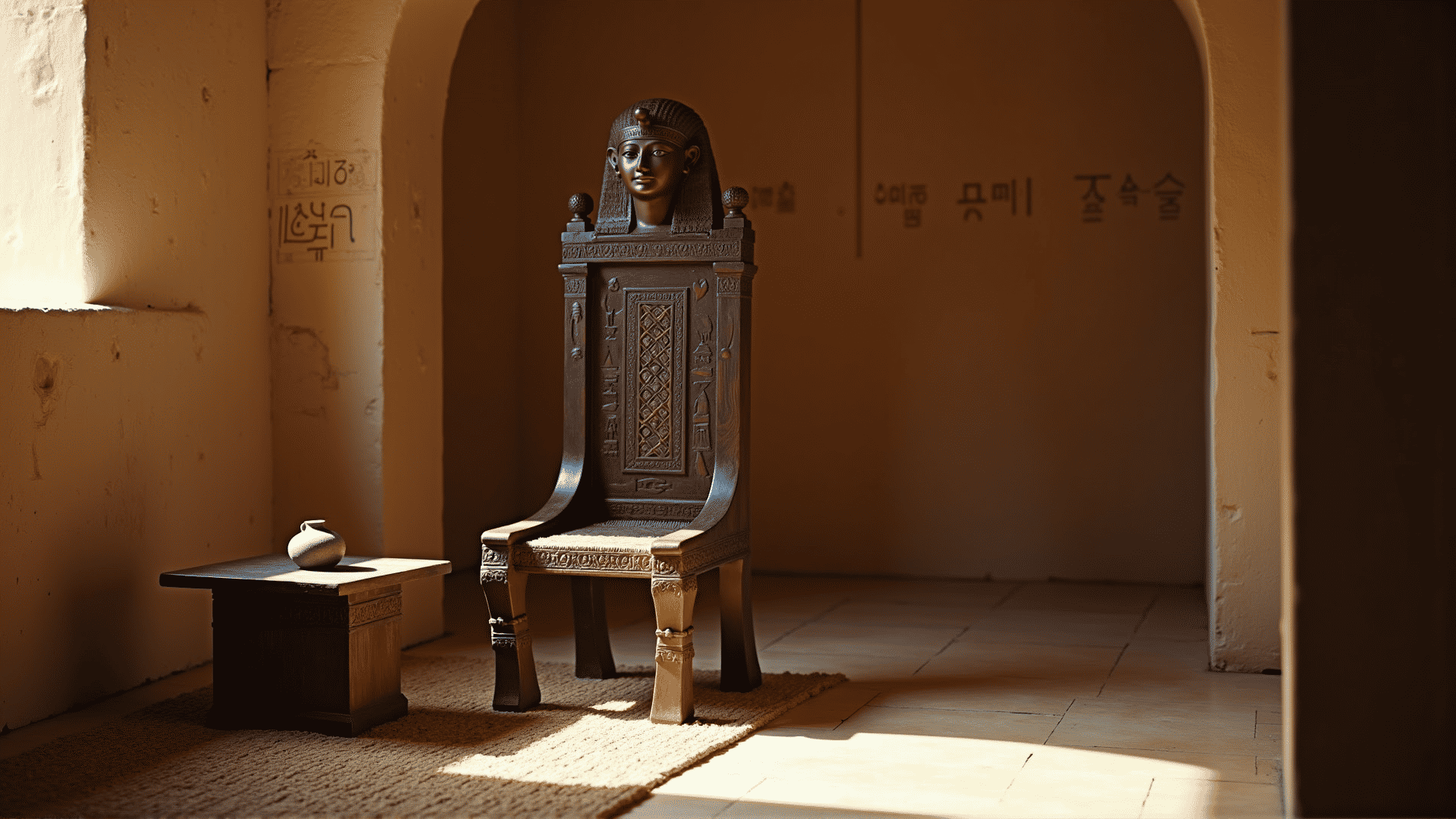Exploring the origins of furniture design offers a fascinating glimpse into the lives and cultures of ancient civilizations. From the grandeur of Egyptian thrones to the minimalist elegance of Greek stools, early furniture was as much an expression of cultural identity as it was a practical necessity. This article delves into the historical roots of furniture design, examining how cultural influences and available materials shaped the craftsmanship of these ancient treasures.
In ancient Egypt, furniture was often a symbol of status and wealth, crafted from materials such as ebony, ivory, and gold. The distinctive style of Egyptian furniture is characterized by its formality and grandeur, often adorned with intricate carvings and inlays. Notable examples include the thrones and beds found in the tombs of pharaohs, elegantly designed to accompany the deceased into the afterlife. The use of symbolism was prominent, with motifs like the lotus flower and the ankh representing concepts of eternal life and prosperity.
Moving westward, the influence of Greek aesthetics brought a shift towards simplicity and proportion. Greek furniture emphasized harmony and balance, often built from wood such as maple and oak. The Greeks introduced the klismos chair, renowned for its elegantly curved legs and a backrest that cradled the sitter. This design reflected the Greek ideals of beauty and proportion, encapsulating their philosophical pursuit of perfection in both art and life.
The Romans, inheritors of Greek traditions, adapted these influences to suit their own tastes. Roman furniture took on a more robust form, constructed with opulent materials such as marble and bronze. Unlike their Greek predecessors, the Romans valued comfort and practicality, leading to innovations like the folding stool, which was both versatile and portable. The Romans were also fond of upholstered furniture, using rich textiles to enhance comfort and display wealth.
In Asia, Chinese furniture design showcased an understanding of woodworking that was both advanced and innovative. As early as the Han dynasty, craftsmen excelled in techniques such as mortise and tenon joinery to create sturdy, elegant pieces. The Chinese aesthetic placed a strong emphasis on symmetry and hierarchy, visible in the design of armchairs and tables used by the elite. The use of lacquer and intricate carving further exemplified the artistry and precision inherent in Chinese furniture making.
The early development of furniture design was also deeply influenced by the availability of native materials. In regions where timber was scarce, such as Egypt and Mesopotamia, craftsmen turned to alternatives like stone and reeds. In contrast, the abundant forests of Northern Europe provided ample wood, which led to heavy, carved oak furniture pieces that served as both functional items and symbols of status.
In conclusion, the journey through time reveals that furniture from antiquity was more than mere utilitarian objects; they were reflections of the cultural, social, and economic circumstances of their creators. By studying these ancient masterpieces, we gain insight into the values and aspirations of civilizations long past, and witness the evolution of design principles that continue to inspire to this day.
